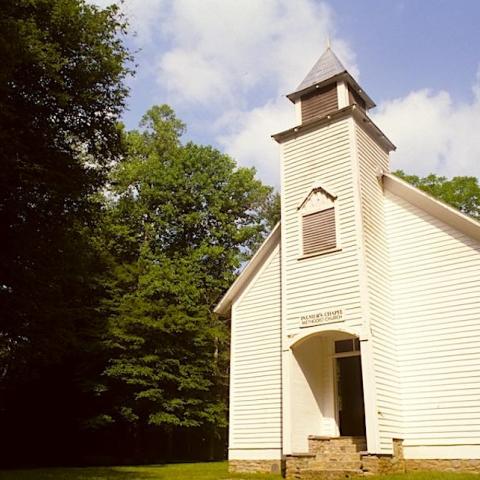
The U.S. Fish and Wildlife Service has agreed to a settlement calling for it to resume recovery efforts for the red wolf/USFWS file
In the wake of two lawsuits that claimed the U.S. Fish and Wildlife Service had failed to work to boost the wild population of red wolves in North Carolina, the agency has reached a settlement that lays out a process for helping the species avoid extinction.
The agreement, announced Wednesday with a number of conservation groups, calls for the Fish and Wildlife Service to publicize for eight years plans to release red wolves into eastern North Carolina.
"The Service will develop the red wolf release plans in consultation with appropriate sources, including the Service’s scientists and experts in the field. The red wolf release plans will include metrics that can be used to measure performance," stated the nine-page agreement.
The agreement also gave the agency "sole decisionmaking authority over the contents of the red wolf release plan, including whether any captive-bred red wolves will be released into the wild in Eastern North Carolina."
“For 25 years, North Carolina was home to one of the most successful predator reintroductions in the world. This settlement puts us on a path to restoring the red wolf to its rightful place as a celebrated success story,” said Ramona McGee, senior attorney and leader of Southern Environmental Law Center’s Wildlife Program. “We hope to see America’s wild red wolves rebound again, with generations born free and wild, as a result of this agreement.”
Once common throughout the Southeast, intensive predator control programs and loss of habitat drove the red wolf towards extinction in the wild in the late 1970s. Later, red wolves bred in captivity were reintroduced on a North Carolina peninsula within their native range in the late 1980s.
In the early 1990s, a red wolf recovery program was attempted at Great Smoky Mountains National Park, with two pairs of red wolves set loose in the park in January 1991. But seven years later, after nearly 40 wolves had been released there and gave birth to 33 pups, the program was abandoned.
While recovery efforts elsewhere in North Carolina had been viewed as a success in 2007, the agency in 2014 essentially reversed direction and, "without consultation or formal review, determined to disregard management guidelines which had been in place since 1999," noted U.S. Chief District Judge Terrence W. Boyle in 2018 when he ruled the Fish and Wildlife Service had violated the Endangered Species Act and the National Environmental Policy Act by rolling back protections for the only wild population of red wolves in North Carolina.
Two years later the Southern Environmental Law Center again went to court alleging new ESA violations by the agency. That lawsuit led to this week's settlement.
“This settlement marks a new era for the Red Wolf Recovery Program and guarantees action in the near-term to give this species the best chance for long-term survival and recovery,” said Ben Prater, Southeast program director at Defenders of Wildlife. “We now have a durable solution and an enduring commitment to wild red wolf conservation. The mechanisms established here will support a thriving wild population in North Carolina while reinforcing a science-based approach. The agreement additionally provides much-needed public accountability and a framework to work collaboratively with stakeholders.”
Groups represented in the case by the Southern Environmental Law Center were the Red Wolf Coalition, Defenders of Wildlife, and the Animal Welfare Institute.
“This settlement agreement lays out a road map, along with other management actions by the USFWS, for the survival of red wolves in the wild. It will take continued hard work and collaborative efforts, by all stakeholders, to build a solid foundation that will see red wolf restoration well into the future. The Red Wolf Coalition sees this settlement agreement as one of the building blocks of that strong foundation,” said Kim Wheeler, executive director of Red Wolf Coalition.




 Support Essential Coverage of Essential Places
Support Essential Coverage of Essential Places






